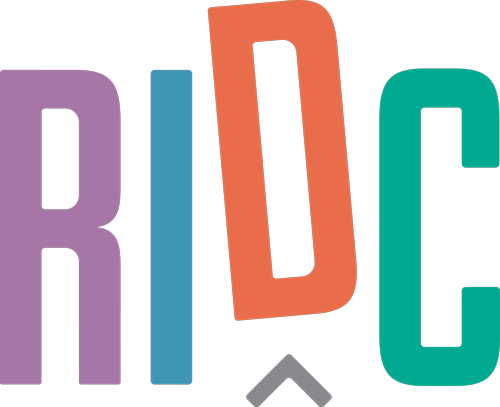From Media to Mind: Tools for Unraveling Biases and Self-Reflection
By Abigail Hollie
Implicit bias is defined as “the attitudes or stereotypes that affect our understanding, actions, and decisions in an unconscious manner” (Racial Justice Institute). Media bias is “the tendency of news media to report in a way that reinforces a viewpoint, worldview, preference, political ideology, corporate or financial interests, moral framework, or policy inclination, instead of reporting in an objective way” (Julie Mastrine).
In today’s information age, the media plays a dominant role in shaping public opinion and influencing our understanding of the world around us. However, media bias can be insidious, subtly molding our perceptions and reinforcing existing stereotypes. One critical area where media bias can have far-reaching consequences is the reporting on missing persons. To learn more about this, check out AreYouPressworthy.com to engage in a brief interactive learning experience.
The research done by the team behind AreYouPressworthy.com shows that missing persons who are Black and Latinx men, particularly those living in southern states, are the least likely demographic groups to receive media coverage. This glaring disparity highlights a systemic problem within our media landscape, in which certain demographics are disproportionately marginalized, and their stories often go untold.
The biases prevalent in media coverage mirror broader social biases. The media acts as a reflection of collective viewpoints, values, and stereotypes. When marginalized groups are consistently underrepresented or mischaracterized in media reporting, it reinforces the already-existing implicit biases that are deeply ingrained in our cultural consciousness. This perpetuates a vicious cycle wherein media biases influence and are influenced by our societal prejudices, further distorting our perceptions and value of various communities.
Becoming aware of our own implicit biases empowers us to critically evaluate the media, research, and other information we consume. Visit Project Implicit for a tool to help expose your implicit biases. Do they align with biases seen in media reporting?
The RIDC has created our media subgroup as an effort to support this growing awareness. This group aims to draw attention to racism and prejudice that fuels misrepresentation and misinformation in reporting on the running industry. If you are a freelancer committed to racial justice and amplifying BIPOC voices and stories, we encourage you to connect to this network by emailing hello@runningdiversity.com for more information.
Education is vital when looking to dismantle white supremacy in our society and in the running industry. Challenging what information we take in and how we process it is fundamental in encouraging that education journey.
Sources:
Racial Justice Institute. Racial Justice Glossary.
Julie Mastrine. February 21, 2022. What is Media Bias?
AreYouPressworthy.com. 2022. Columbia Journalism Review.
“Project Implicit”. 2011.Project Implicit, Harvard University.
